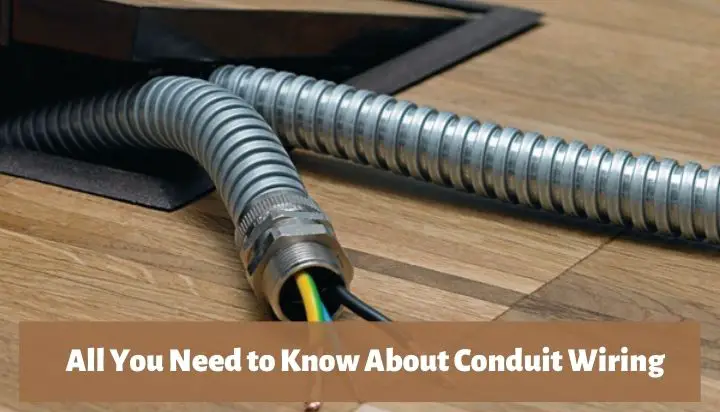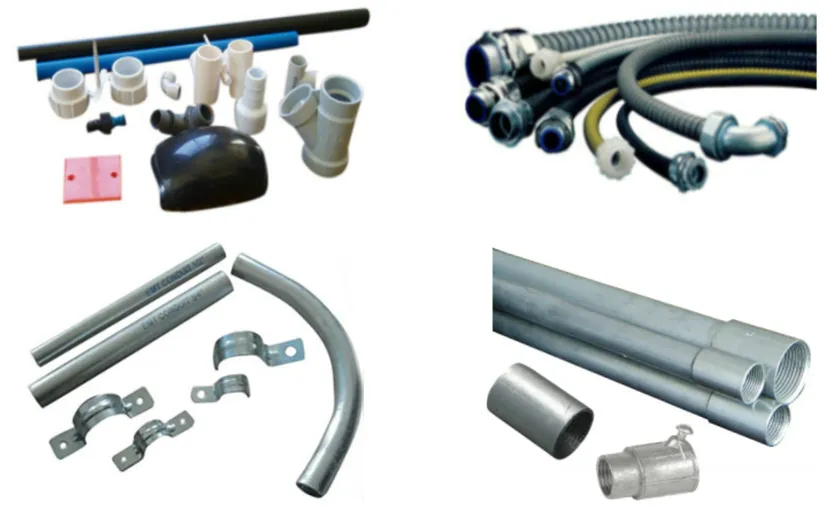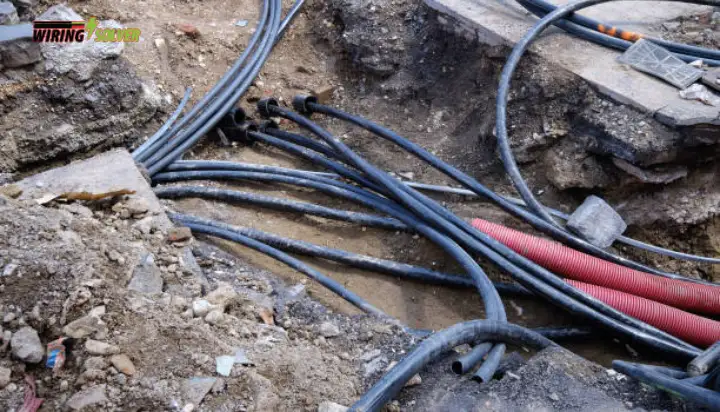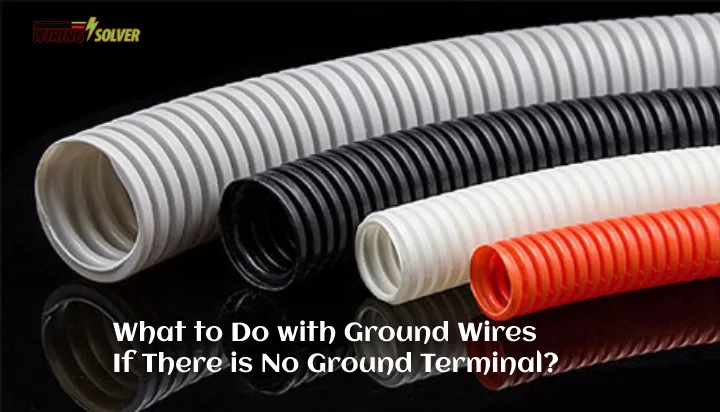Any circuitry of any household or other construction is made up of a massive amount of electrical wiring and installation of electrical components. However, not all of these wiring follow the same path.
One such wiring method in electrical conduits. So what is conduit wiring?
An electrical conduit is one such method of wiring, where the wires or conductors pass through a plastic or metal pipe, in order to ensure additional safety for the conductors. Safety from several environmental elements.
I will try to cover everything that you need to know regarding electrical conduits throughout this article. Alongside providing useful insight, such as when to use conduits and types of conduits, and so on.

What Is Conduit Wiring?
An electrical conduit is essentially just a metal or plastic pipe through which electrical wires can travel. They can also be hard or flexible. Conduits are used to provide an additional layer of protection to the wiring inside.

As can be seen above (Fig 1), there are several types of electrical conduits and fittings available. Each for a specific use case scenario and for separate applications.
What is the conduit wiring system? Conduit wiring is a system where the cable is enclosed in metal or some plastic tubes. The conductor has insulation that is rated at the voltage required but gives no mechanical protection.
But what is surface conduit wiring? When GI or PVC conduits are installed on walls or roofs, it is known as surface conduit wiring. The conduits are attached to the walls with a 2-hole strap and base clip at regular distances. Electrical wires are laid inside the conduits.
What are the two types of conduit wiring? The main two types of conduits are plastic and metal. But there are deeper subcategories as well. Each is suited for a separate use.
Plastic or PVC is most commonly used for underground outdoor circuits. But it is not rated to handle any significant amount of physical damage.
Metal or EMT stands for electrical metallic tubing. It is the most common conduit used for exposed interior installations. Such as an unfinished garage or workshop.
When Should I Use Conduit Wiring?
The NEC has several situations where using conduits is required and some situations where it is recommended.
So,why do we use conduit wiring? And when should I use them? Below, I’ll list a few of these instances for the help of the readers.
Installation Near Water Pipes
Water pipes frequently leak. Thus, it is extremely risky to run live wires next to a water pipe. Conduits are thus employed to keep them apart and stop the water from becoming electrified.
Outdoor Use
To protect wires from environmental elements and from being chewed on by birds or squirrels, conduits are required for outdoor use.
Underground Use
There are a number of environmental considerations that must be taken into account while running lines underground. Such as water, rodents, pests, the weight of the soil above, etc. In order to safeguard the wires, a conduit is required. In these situations, it’s also important to consider the conduit’s depth.
Installation within Concrete
Concrete slabs both inside and underneath employ PVC conduit. Under the concrete slabs, conduit construction protects wires from cement corrosion and weight. The electrical system may easily be expanded in the future by running more wires through the conduit.
Installation under the Yard
It’s common for people to dig holes in their yards without being aware that there could be a wire below. In these circumstances, conduits protect the wires from the force of cutting instruments.
These are some of the common use case scenarios for an electrical conduit. There are tons of other uses for them as well.
What Are the Advantages and Disadvantages of Using a Conduit?
There are two sides to a coin. The same goes for conduits and conduit wiring. There are both pros and cons to such a component. I will showcase some of the advantages and disadvantages of conduits below.
Advantages of Conduits
- Conduits are known to be durable and have a very high longevity than regular wiring installations.
- It provides an extreme level of protection to the wires and cables from the various elements of the environment. Such as water, vapor, moisture, and so on.
- Conduit wiring can run over the surface of the walls and ceiling or can be concealed under masonry work.
- Metal conduits can also provide an extreme level of protection against electrical fires due to short circuits or other electrical hazards.
- Electromagnetic interference can also be tackled by using a metal conduit and ensuring the integrity of the signals passed through the wires within the conduits.
- Both metal and plastic conduits can be bent to allow a good installation without excessive numbers of manufactured fittings.
- Conduits can be installed to endure various temperatures. Both low and high ambient temperatures can be tackled by the installation of an electrical conduit.
Disadvantages of Conduits
- The first drawback of installing conduits is the cost. It is costlier compared to other common forms of electrical wiring.
- The installation of a conduit makes it harder for users and professionals to locate any defects within the wiring.
- Conduits also make it harder to mend any issue within themselves. As it requires a higher level of effort to get into the wiring, diagnose, and troubleshoot the issue.
- The installation of metal conduits also requires a higher degree of effort compared to other wiring procedures.
- Conduits take away the ability to dissipate heat to a certain degree. Therefore, forcing the conductors to work at a higher degree of temperature. This limits the current carrying capacity of each conductor.
These are some of the advantages and disadvantages of conduits and conduit wiring. However, if a thorough decision is taken, the disadvantages may be minimized while keeping the advantages on the positive side.
Summary
So, what is conduit wiring? I hope you have gotten an idea by now. You should also be well aware of the use case scenarios of an electrical conduit as well. I have also explained the advantages and disadvantages of conduits.
However, before installing an electrical conduit, make sure to double-check whether you actually require a conduit or not. Unnecessary installation of conduits can be costly as well as problematic.

![Why and When Is Myers Hub Required? [All You Need to Know]](https://wiringsolver.com/wp-content/uploads/2022/11/when-is-Myers-hub-required.jpg)


![Can You Run 120v And 480v In Same Conduit? [Explained]](https://wiringsolver.com/wp-content/uploads/2022/11/Can-120V-and-480V-be-Run-in-the-Same-Conduit.jpg)
![Myers Hub Vs Connector! [Key Differences]](https://wiringsolver.com/wp-content/uploads/2022/11/Differences-Between-a-Myers-Hub-and-a-Connector.jpg)
